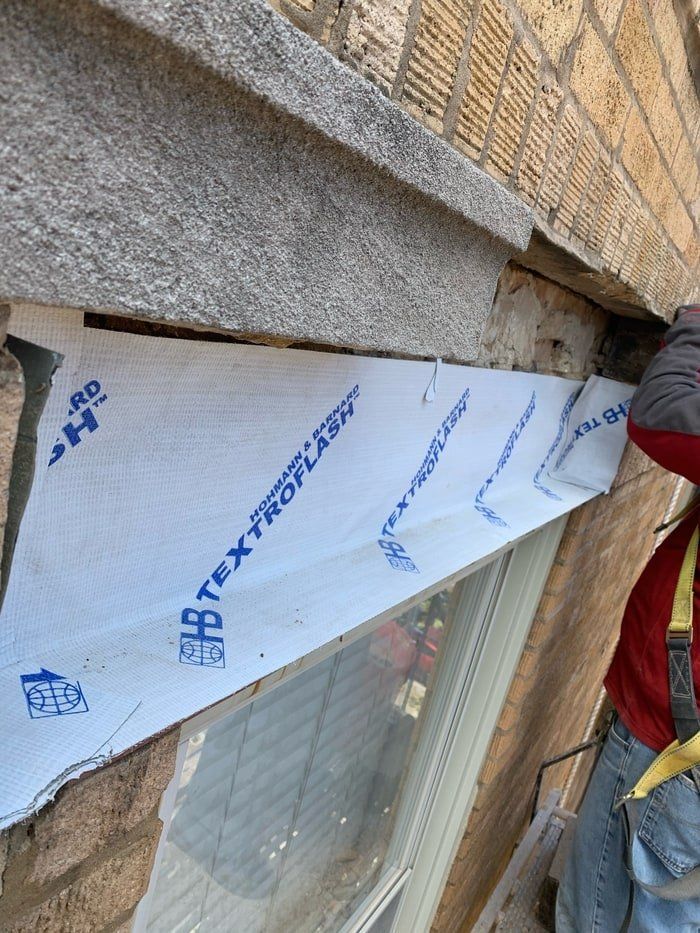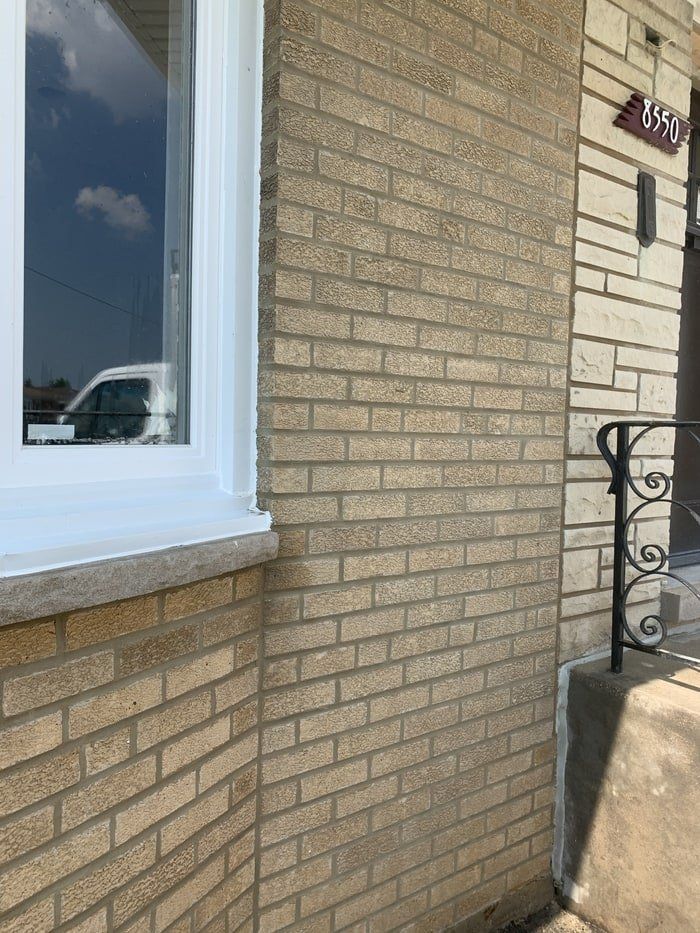Are concrete lintels stronger than steel lintels?
When you are in the process of wanting to install a lintel in some parts of your home or commercial building, it is imperative to have a lintel variant that will fit your need. In cases where your structure is expected to carry heavier loads, having the ideal type of lintel that will not break after just a couple of years should be a priority.
There are many types of lintels out there that can be bought or custom-made by a contractor. Some can be made using brick, stone, and other materials, but the most popular types are the ones that are made of concrete and steel. Most construction companies rely on concrete and steel lintels as they are very much worth their price, and can be used in industrial buildings due to their loadbearing capacities.
Which one is strong - concrete lintels or steel lintels?
If you need a lintel to be placed in an area where it will need to be able to support heavier weight, it is crucial to know the capabilities of both concrete and steel lintels, and which of them will fit your specific need. If we are comparing the strength between lintels that are made of concrete and lintels that are made of steel, the winner would be the latter.
Steel lintels are more capable of carrying heavier loads compare to concrete lintels. This is because they are more suited to have both compressive and tensile strength, while the ones made of concrete are generally weak when it comes to tensile strength.
When we are talking about tensile strength, this would be about a masonry unit’s capacity to withstand constant stress from carrying the load that is meant to be supported. The lower the tensile strength of a unit is, the more brittle it would be. Although concrete is strong and is also able to hold stress, it is significantly weaker when compared to steel.
How much load can concrete lintels bear?
Concrete lintels are strong in compressive strength. There are many types of concrete lintels, and the most common and standard one that is usually used in construction is the prestressed concrete. A prestressed concrete is able to carry a significant amount of weight which would be calculated depending on its length, width, height, and other factors.
For example, a 65 x 100 mm with a length of 900 mm of prestressed lintel concrete is expected to have a loadbearing capacity of around 30 kilonewtons per meter or kN/m.
As mentioned above, steel lintels are stronger as they are able to carry more weight, but there are other variants of concrete lintels as well that can be compared to the strength of a steel one. Another type of concrete lintel is the Reinforced Cement Concrete Lintel or RCC, which is much stronger than the standard concrete and can be used on a building where the lintels are expected to carry heavier loads.
How much load can steel lintels bear?
When we are talking about lintels that are made of steel, these types are expected to be much stronger than other materials such as concrete and brick. Depending on the make of the material, a steel lintel’s bearing that is measured to have a length of around 76000 mm is expected to able to carry at least 400 pounds per square inch.
When would it be better to use a concrete lintel?
Deciding between using a concrete and steel lintel can be confusing, but it should not be difficult.
You should choose concrete lintels if you:
- Do not want to spend so much money for your lintel installation.
Because steel lintels offer so much more support, it is normal for them to be more expensive than concrete ones. If you do not have a big budget, choosing a concrete lintel would be a great choice. Although concrete is weaker compared to steel, concrete lintels can still offer great support for your building.
2. Want your material to be easily customized.
One of the reasons why lintels that are made of concrete are preferred by some contractors and homeowners is because they can be easier to customize and manipulate. Aside from being easy on the wallet, a concrete lintel can be designed to fit the clients’ needs and preference much easier than when using steel.
3. Want to have an attractive type of lintel.
Lintels are usually installed to function as support for openings in your building such as windows, doors, and even fireplaces, but lintels are also utilized by architects and designers as a way to make a structure more expensive looking. Although beauty is subjective and there are other people who like the aesthetics of steel lintels, concrete lintels are viewed as more appealing as they are easier to make and can be colored to a certain shade.
4. Do not need a material with higher support capacities.
If you have a building that does not require lintels with greater support and loadbearing capabilities, it would be overkill to install a steel lintel, not to mention very expensive. In the case where there is no need to invest in lintels that have a high strength capacity, especially if it will only be for residential purposes, concrete lintels will get the job done.
When would it be better to use a steel lintel?
As mentioned above, steel lintels are much stronger than concrete. Because of this, if your project requires higher compressive strength and tensile capacities, especially in commercial and industrial buildings, steel lintels would be the best option.
Who installs lintels?
Lintels are installed by a contractor or mason. Some homeowners want to save money by installing the lintels themselves, which often results in an expensive mistake, as it would need a high level of knowledge and skills to be able to successfully install a functional lintel.



